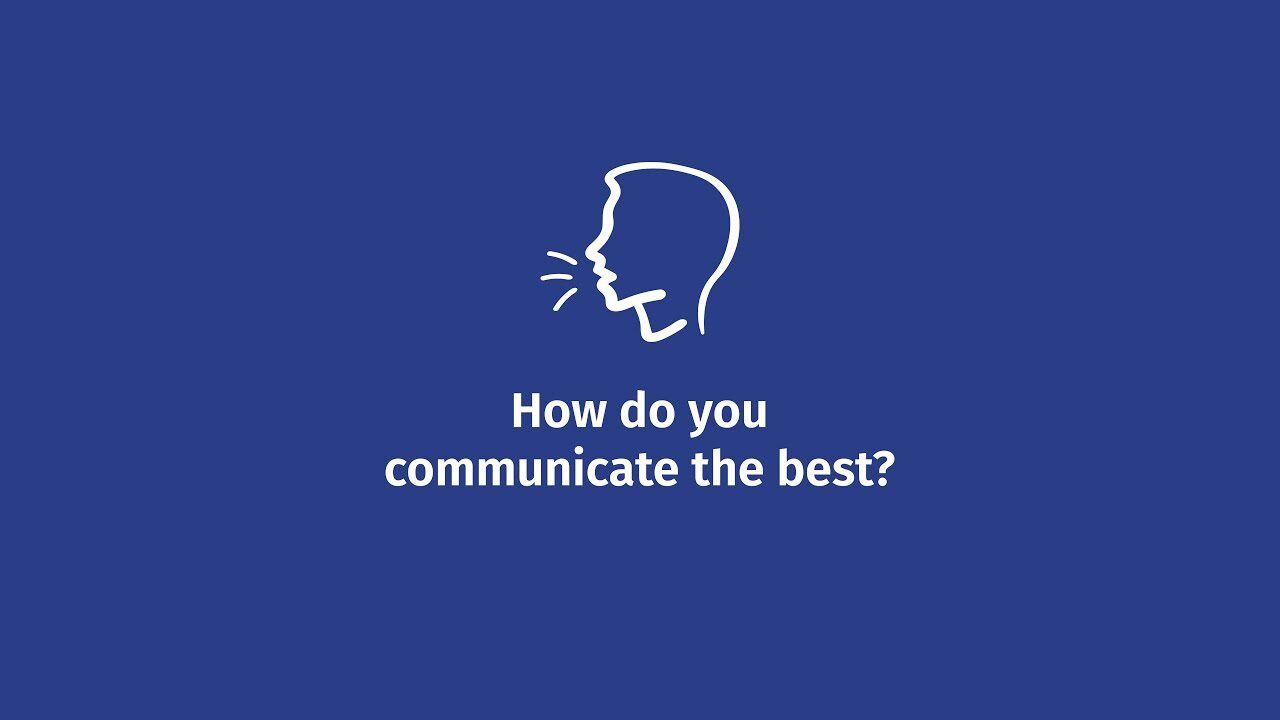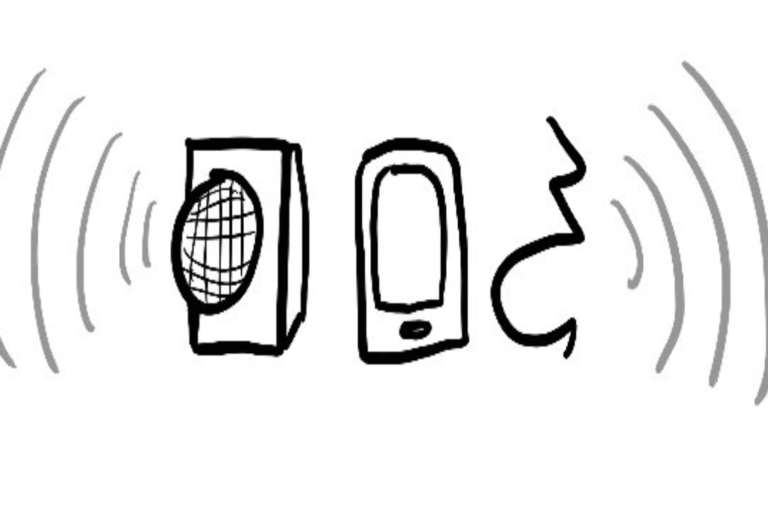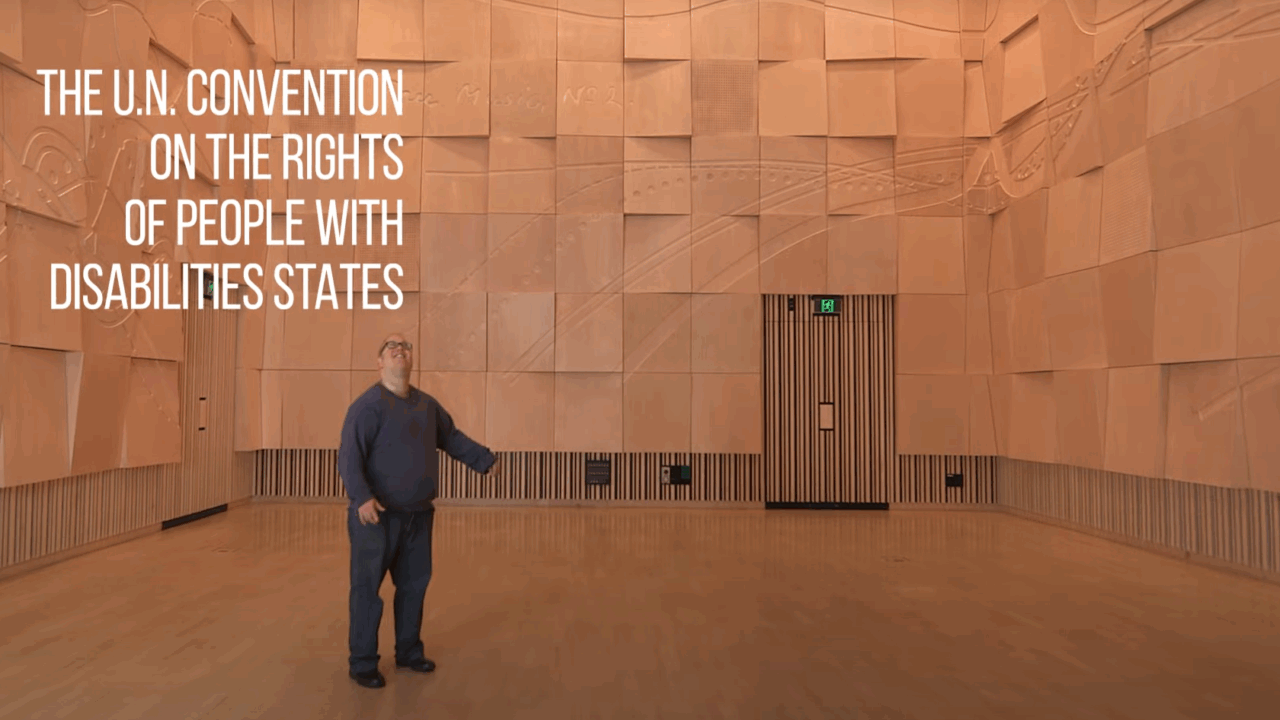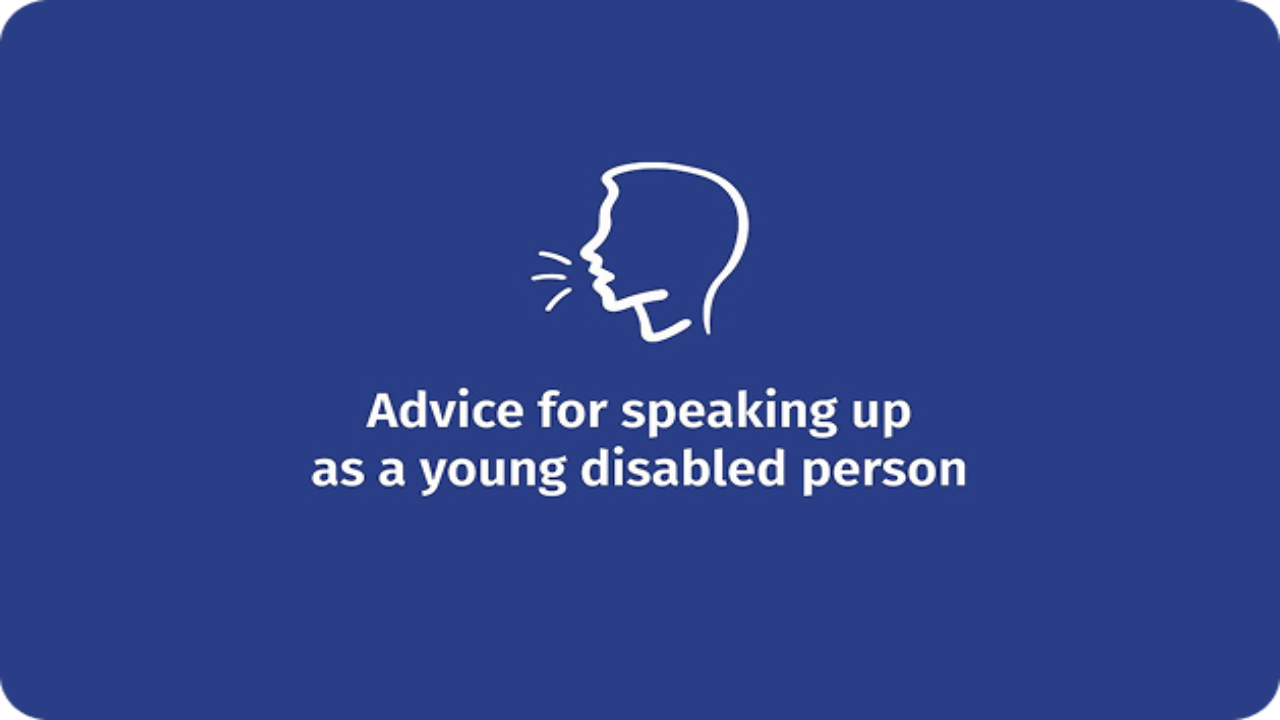Speaking up and advocacy
Communicating is important so that other people know what you want and need.

Ways to communicate
In this 3 minute video disabled young people talk about how they like to communicate.
Choosing how to communicate
The most common ways to communicate are speaking and writing, but you can choose any way that works best for you.
As you have seen in the videos so far, Lisa uses a device to communicate.
Here are some other ways to communicate:
-

Reading, writing or typing
Blogs, notes, emails, texts or stories.
-

Talking or speaking
Conversations, phone calls or voice recordings.
-

Auslan
Australian sign language.
-

Devices, aids or interpreters
Speech-to-text, text-to-speech, communication board or apps.
-

Moving your body, hands or face
Acting or dancing.
-

Images, pictures or visuals
Drawing, photographs, emojis or GIFs.
Your rights
The United Nations created the Convention of the Rights of People with Disabilities or CRPD to protect disabled people.
The CRPD makes sure that disabled people have the same opportunities as everyone else.
For example, you have the right to:
- Get an education
- Have a job where you feel safe and valued
- Have housing

Rights Under the UN Convention on the Rights of Persons with Disability (UNCRPD)
In this 2 minute video by DARU disabled people talk about their rights.
What is advocacy?
Advocacy means speaking up for yourself and others.
When you speak up for yourself and your rights this is called self-advocacy. You can also speak up for other people.
Being an advocate is important. It helps you make sure your choices and rights are respected and you are being treated fairly.
Speaking up also helps others understand what you want and need.
There is no right or wrong way to be an advocate. You can choose a way that works best for you.

Advice for speaking up as a young disabled person
In this 4 minute video disabled young people talk about speaking up for themselves and others.
When do you need to advocate for yourself?
Sometimes disabled young people have to advocate for themselves when they are being treated unfairly or their needs are not being met.
You may need to speak up when you are with your friends, at school or at home. You can speak up about any issue that is important to you.
You will need to advocate for yourself during your NDIS planning meeting and other important meetings.
How to be an advocate
Just like communication, there are lots of ways to be an advocate. Disabled young people speak up in many different ways including:
- Speaking at a meeting
- Sending an email
- Commenting on social media
- Talking to friends and family
- Joining a group
- Making a complaint
When you know that you will need to advocate for yourself it is a good idea to prepare. Think about the way you would like to communicate your message.
For example, answering the questions in this program is helping you plan what you want to share at your NDIS planning meeting. Doing that will help you speak up so you get the right supports. That is self-advocacy.
Speaking up during your NDIS planning meeting
During your NDIS planning meeting you need to be able to share what your goals are and what supports you need.
You can ask for things that help you communicate to be in your NDIS plan. For example, if you are Deaf you can get money to pay for Auslan interpreters.
If you want to learn more about speaking up and advocating for yourself when you get NDIS support, click the link below.
This link has more detailed and complex information.
Advocacy and the NDISWho can help you speak up?
Sometimes you might need help to speak up.
Anyone you trust can help you speak up including:
- Friends
- Family
- Teachers
- Advocates
A professional advocate is someone whose job it is to advocate for other people.
Save your answers
Make sure you save your answers now so that you can move to the next topic.
IMPORTANT: Your answers will not be saved anywhere unless you save them.
Use the options to print or email your answers – check your spam folder if you don’t receive the email straight to your inbox.
You can also screenshot your answers.
How to take a screenshotCongratulations!
You have reached the end of Speaking up and advocacy. Once you have saved your answers, you can move onto topic 7.
